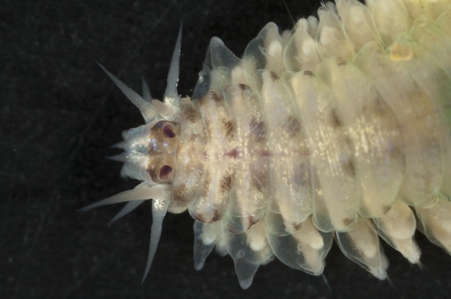General Description
In members of this genus the eversible pharynx has papillae present on the oral ring only, and the maxillary ring (closest to the jaws) is bare of papillae. The only similar genus in southern Australia is Ceratocephale, but in that genus the prostomium is strongly indented between the antennae (in Olganereis it is entire). This species can be distinguished knowing that only a single species of Olganereis is known. Body up to about 4 cm long.
Biology
It is curious that this is one of a number of species that is only known to occur in coastal embayments yet is apparently absent from similar depths and environments on the nearby continental shelf.
Habitat
A common species in soft sediments in coastal bays, shallow subtidal, occassionally intertidal, to depth of about 20 m.
Soft substrates
Distribution guide
South-eastern Australia, or south-western Australia.
Species Group
Depth
Shore (0-1 m)
Shallow (1-30 m)
Water Column
Max Size
4 cm
Commercial Species
No
Species Code
MoV 1090
Identify
Conservation Status
- DSE Advisory List : Not listed
- EPBC Act 1999 : Not listed
- IUCN Red List : Not listed




